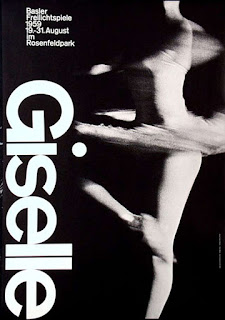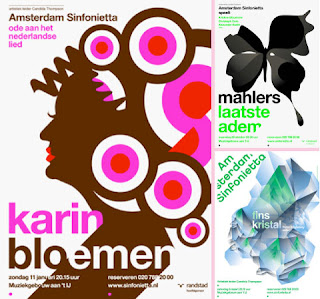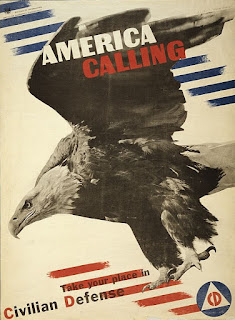Armin Hofmann is a Swiss graphic designer. He began his career in 1947 as a teacher at the Allgemeine Gewerbeschule Basel School of Art and Crafts at the age of twenty-six. Hofmann followed Emil Ruder as head of the graphic design department at the Schule für Gestaltung Basel (Basel School of Design) and was instrumental in developing the graphic design style known as the Swiss Style. His teaching methods were unorthodox and broad based, setting new standards that became widely known in design education institutions throughout the world. His independent insights as an educator, married with his rich and innovative powers of visual expression, created a body of work enormously varied - books, exhibitions, stage sets, logotypes, symbols, typography, posters, sign systems, and environmental graphics. His work is recognized for its reliance on the fundamental elements of graphic form - point, line, and shape - while subtly conveying simplicity, complexity, representation, and abstraction.
Paula Scher (born October 6, 1948, Washington D.C) is an American graphic designer, painter and art educator in design, and the first female principal at Pentagram, which she joined in 199.1In 1972, she was hired by CBS Records to the advertising and promotions department. After two years, she left CBS Records to pursue a more creative endeavor at a competing label, Atlantic Records, where she became the art director, designing her first album covers. A year later Scher returned to CBS as an art director for the cover department.[2] During her eight years at CBS Records, she is credited with designing as many as 150 album covers a year. In 1991, after the studio suffered from the recession and Koppel took the position of Creative Director at Esquire magazine, Scher began consulting and joined Pentagram as a partner in the New York office.[2] Since then, she has been a principal at the New York office of the Pentagram design consultancy.[1]
Studio Dumbar was founded by Gert Dumbar in 1977, in the Hague. In 2003, the studio moved to Rotterdam, as Michel de Boer took over the creative direction, after Gert Dumbar’s retirement. Studio Dumbar describes its work as ‘visual branding, online branding’, meaning that it creates every visible expression of a brand or organization — offline and online. Its international scope is reflected in its teams, with an average of seven nationalities in Rotterdam alone. Fragmented, sometimes complex to the edge of chaos, and layered with complex typography, many Dumbar projects caused consternation among advocates of a more ordered aesthetic. But by the late 1980s many European designers were mimicking Studio Dumbar’s approach, causing Gert Dumbar to place a moratorium on these techniques within his firm.
Paula Scher (born October 6, 1948, Washington D.C) is an American graphic designer, painter and art educator in design, and the first female principal at Pentagram, which she joined in 199.1In 1972, she was hired by CBS Records to the advertising and promotions department. After two years, she left CBS Records to pursue a more creative endeavor at a competing label, Atlantic Records, where she became the art director, designing her first album covers. A year later Scher returned to CBS as an art director for the cover department.[2] During her eight years at CBS Records, she is credited with designing as many as 150 album covers a year. In 1991, after the studio suffered from the recession and Koppel took the position of Creative Director at Esquire magazine, Scher began consulting and joined Pentagram as a partner in the New York office.[2] Since then, she has been a principal at the New York office of the Pentagram design consultancy.[1]
Josef Müller-Brockmann was a Swiss graphic designer and teacher. He studied architecture, design and history of art at both the University and Kunstgewerbeschule in Zürich. In 1936 he opened his Zurich studio specialising in graphic design, exhibition design and photography. From 1951 he produced concert posters for the Tonhalle in Zurich. In 1958 he became a founding editor of New Graphic Design and in 1966 he was appointed European design consultant to IBM.
He is recognised for his simple designs and his clean use of typography (notably Akzidenz-Grotesk), shapes and colours which inspire many graphic designers in the 21st century. Müller-Brockman was author of several books on design and visual communication.
Herbert Matter was a Swiss-born American photographer and graphic designer known for his pioneering use of photomontage in commercial art. The designer's innovative and experimental work helped shape the vocabulary of 20th-century graphic design.
As a photographer, Matter won acclaim for his purely visual approach. A master technician, he used every method available to achieve his vision of light, form and texture. Manipulation of the negative, retouching, cropping, enlarging and light drawing are some of the techniques he used to achieve the fresh form he sought in his still lifes, landscapes, nudes and portraits. As a filmmaker he directed a film on his friend Alexander Calder (with music by John Cage) for the Museum of Modern Art in 1952.














